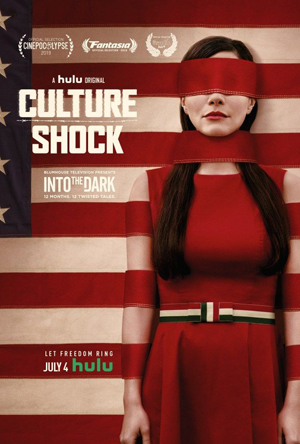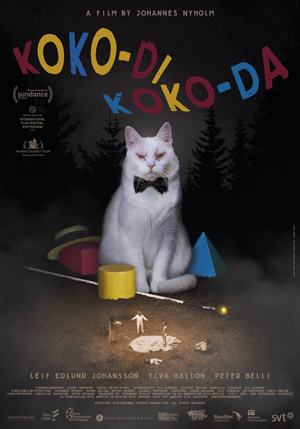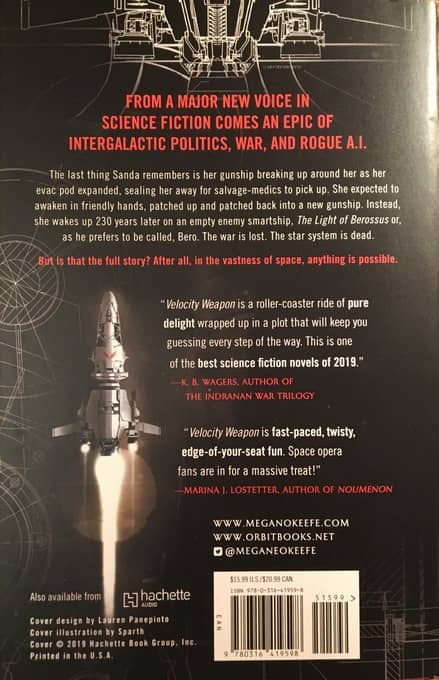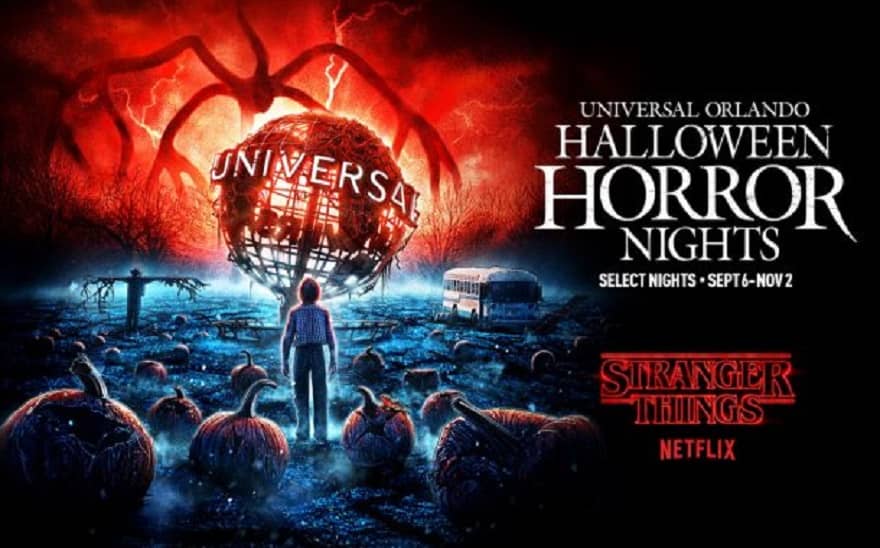Fantasia 2019, Day 15: Culture Shock
 On June 25 I went to the De Sève Theatre for the one movie I’d see that day at the Concordia campus. It was called Culture Shock, and while it’s available on Hulu, this was a rare chance to see it in Canada.
On June 25 I went to the De Sève Theatre for the one movie I’d see that day at the Concordia campus. It was called Culture Shock, and while it’s available on Hulu, this was a rare chance to see it in Canada.
It was preceded by a short called “Re-Home,” directed by Izzy Lee. I’ll note for the record that I’m friends with the man who provided the music for the short, though I don’t think that affected my opinion one way or the other. In a future in which a wall along the southern border of the United States has been built, a poor Spanish-speaking woman (Gigi Saul Guerrero, director of Culture Shock) re-homes her baby, giving the child up for adoption to an Anglophone couple. But is something darker going on?
As usual at Fantasia, to ask that question is to get the answer “yes.” The short’s done well, with lots of atmosphere and style, but the twist at the end is the farthest thing from surprising. This feels like a piece of a larger story; either a beginning setting up something more complicated, or the ending of a tragedy that would have allowed us to be more invested in the mother and made her more individual. It’s highly watchable as it is, and certainly doesn’t overstay its welcome at only 8 minutes, but might actually be better served at a longer running time with more plot development.
Then came Culture Shock, which was made as an episode of Hulu’s horror anthology series Into the Dark. Each episode of the show is based on an American holiday, and this one was inspired by the Fourth of July. As noted, Culture Shock was directed by Gigi Saul Guerrero, who also worked on the script by James Benson and Efrén Hernández. She introduced the movie by noting it was a Blumhouse production, and saying that as an immigrant she felt she had a responsibility to tackle this material. She said she hopes it has something to say, and also provides an escape for 90 minutes.
It follows Marisol (Martha Higareda, of Altered Carbon fame), a heavily pregnant Mexican woman desperate to cross into the United States and begin a new life in a country she sees as having more opportunities. A good part of the movie follows her difficulties finding her way northward, showing her challenges as a woman finding out who she can trust and who she can’t; it also establishes the stories of other would-be immigrants travelling with her. When they all reach the border, though, something strange happens. Marisol wakes up in an idyllic American small town out of the 1950s or early 60s, a place obviously unreal. What’s happened to her? And how can she get free of this weird red-white-and-blue image of domesticity?


 There was only one film I planned to watch on July 24, and that was writer-director Johannes Nyholm’s Koko-di Koko-da. It promised to be a strange movie about characters trying to break out of a time loop, and I settled in at the De Sève Theatre wondering at the horror elements implied by the film’s description in the festival catalogue.
There was only one film I planned to watch on July 24, and that was writer-director Johannes Nyholm’s Koko-di Koko-da. It promised to be a strange movie about characters trying to break out of a time loop, and I settled in at the De Sève Theatre wondering at the horror elements implied by the film’s description in the festival catalogue.


 I had one film on my schedule for July 23, an Irish horror-themed comedy named Extra Ordinary. It was preceded by one of the best shorts I saw at Fantasia this year outside of a short film showcase.
I had one film on my schedule for July 23, an Irish horror-themed comedy named Extra Ordinary. It was preceded by one of the best shorts I saw at Fantasia this year outside of a short film showcase.
 I had been planning to head home after the first movie I saw on July 22,
I had been planning to head home after the first movie I saw on July 22, 